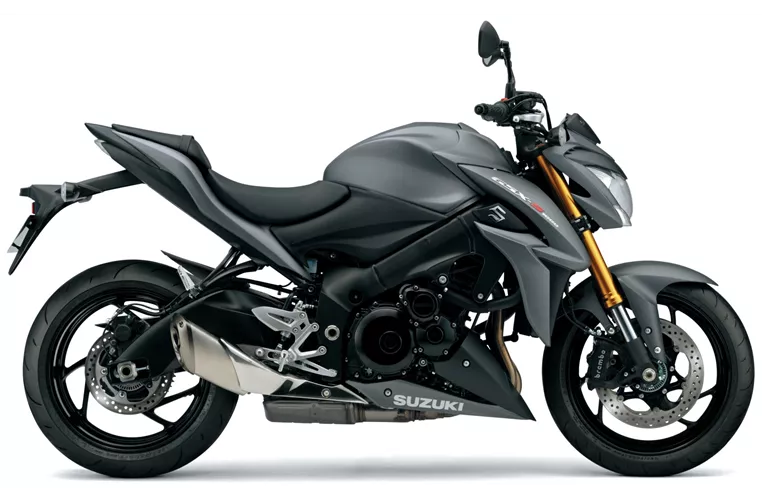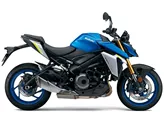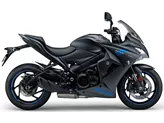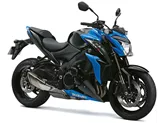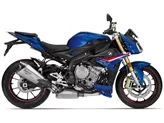Suzuki GSX-S1000 2016 vs. Kawasaki Z900 2019

Suzuki GSX-S1000 2016

Kawasaki Z900 2019
Overview - Suzuki GSX-S1000 2016 vs Kawasaki Z900 2019
When comparing the Suzuki GSX-S1000 2016 and the Kawasaki Z900 2019, there are several factors to consider.
Starting with the technical specifications, both bikes have an in-line, liquid-cooled engine with four cylinders and fuel injection. However, there are differences in power and torque. The Suzuki GSX-S1000 has a higher engine power of 149 HP compared to the Kawasaki Z900's 125.4 HP. Similarly, the Suzuki GSX-S1000 has a higher torque of 106 Nm compared to the Kawasaki Z900's 98.6 Nm. In terms of displacement, the Suzuki GSX-S1000 has a larger engine with 999 ccm, while the Kawasaki Z900 has a slightly smaller engine with 948 ccm.
Moving on to the suspension, both bikes feature upside-down telescopic forks at the front and a swing arm with a monoshock at the rear. The Suzuki GSX-S1000 offers more adjustment options for the front suspension, including compression, preload, and rebound. The rear suspension of both bikes can be adjusted for preload and rebound.

Suzuki GSX-S1000 2016
In terms of the chassis, the Suzuki GSX-S1000 has an aluminum frame with a twin tube design, while the Kawasaki Z900 has a steel frame with a double cradle design. Both frames provide stability and support for the bike.
When it comes to braking, both bikes have double disk brakes at the front with a diameter of 310 mm for the Suzuki GSX-S1000 and 300 mm for the Kawasaki Z900. Both bikes also have four-piston calipers and ABS for advanced rider assistance.
In terms of dimensions and weights, both bikes have a front tire width of 120 mm and a front tire diameter of 17 inches. However, there are differences in the rear tire width, with the Suzuki GSX-S1000 having a wider rear tire at 190 mm compared to the Kawasaki Z900's 180 mm. Both bikes have a wheelbase of around 1450-1460 mm and a seat height of around 795-815 mm. The kerb weight of both bikes is similar, with the Suzuki GSX-S1000 weighing 209 kg with ABS and the Kawasaki Z900 weighing 210 kg with ABS.

Kawasaki Z900 2019
Now let's discuss the strengths and weaknesses of each bike. The Suzuki GSX-S1000 2016 is praised for its powerful engine, good braking control, stable and sensitive chassis, comfortable seating position, and relatively low price. On the other hand, it is criticized for its front end appearance and a throttle response that can be too aggressive at lower rev ranges.
The Kawasaki Z900 2019 is praised for its light and natural handling with high stability, silky engine with full pull from mid revs, high chassis transparency, great feedback, comfortable seating position, and fair price. However, it is criticized for its TFT display being mounted too low, cumbersome menu operation, and rearview mirrors offering modest visibility.
In conclusion, both the Suzuki GSX-S1000 2016 and the Kawasaki Z900 2019 have their own strengths and weaknesses. The Suzuki GSX-S1000 offers a more powerful engine and more adjustable suspension, while the Kawasaki Z900 provides a smoother handling experience and a comfortable seating position. Ultimately, the choice between the two will depend on the rider's preferences and priorities.
Technical Specifications Suzuki GSX-S1000 2016 compared to Kawasaki Z900 2019
Pros and Cons in comparison
Pros and Cons in comparison
Suzuki GSX-S1000 2016
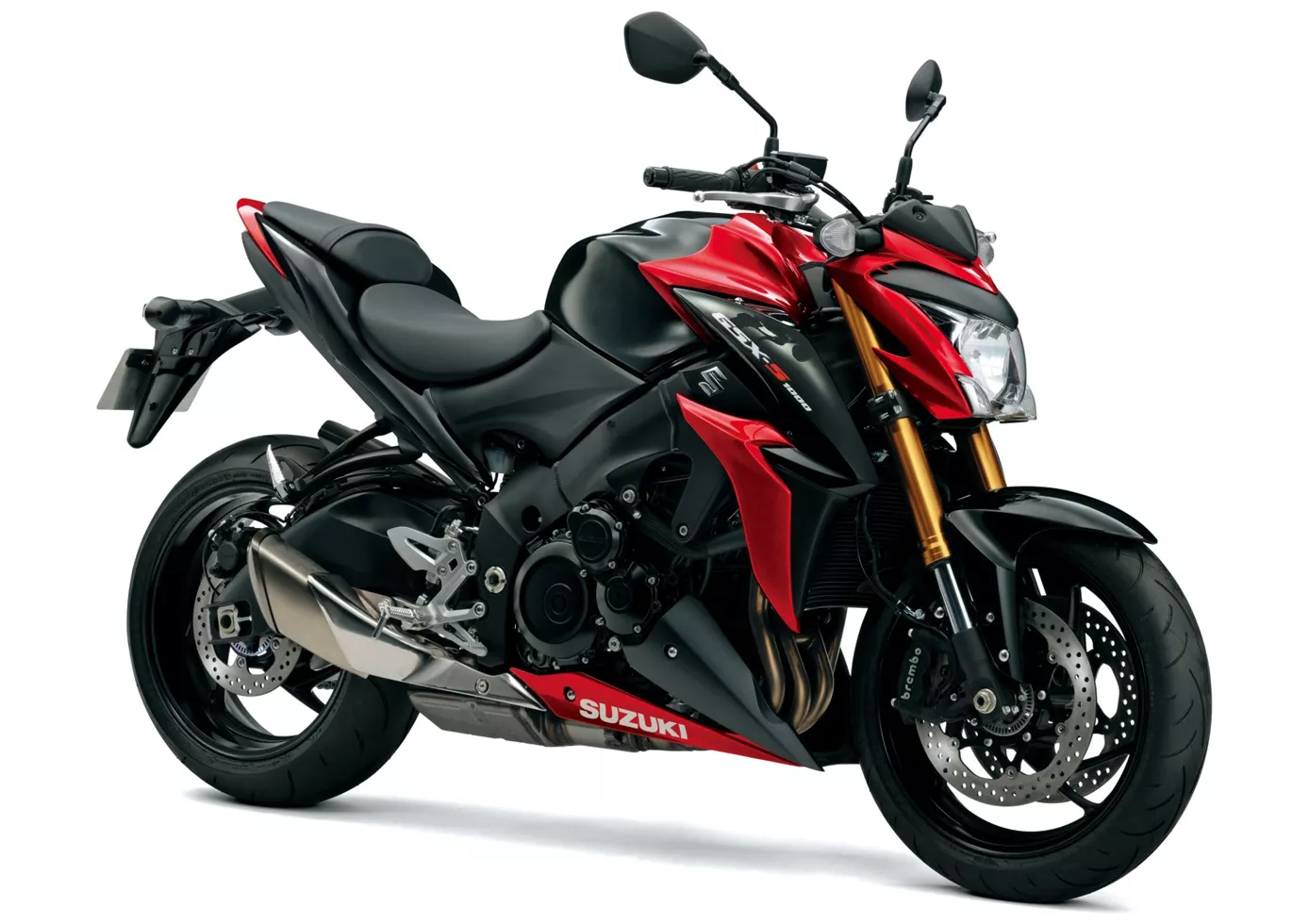
Some might be surprised that after waiting so long, Suzuki did not launch the ultimate, uncompromising power naked bike. Instead, the Suzuki GSX-S 1000 with its 149 hp seems almost too well-behaved. But once you ride it on the race track, you quickly realise that the engine is far more powerful in real life and that the rest of the performance of the chassis and braking system is also impressive. In return, it also offers a large portion of everyday and practical suitability - not bad ingredients when you have to cover everything from everyday to race track with a single bike.
Kawasaki Z900 2019

Fortunately, the new Kawasaki Z900 has lost none of its character through the use of electronics. It is and remains a playful mid-range naked bike, which at the same time masters the brisk pace on the country road magnificently. The riding pleasure and suitability for everyday use are high, the now installed riding aids offer a plus in safety. Your opponents will have a really hard time from now on.
Price Comparison Avarage Market Price Suzuki GSX-S1000 vs Kawasaki Z900
There are a few key differences between a Suzuki GSX-S1000 2016 and a Kawasaki Z900 2019. In terms of price, the actual average price of a Kawasaki Z900 2019 is about 8% higher. A Suzuki GSX-S1000 2016 experiences a loss of 90 GBP in one year of ownership. This is offset by a loss of 230 GBP for a Kawasaki Z900 2019. Compared to Kawasaki Z900 2019 there are less Suzuki GSX-S1000 2016 bikes available on the 1000PS.de Marketplace, specifically 10 compared to 40. It takes less time to sell a Suzuki GSX-S1000 with 109 days compared to 116 days for a Kawasaki Z900. Since model year 2015 1000PS.de editors have written 36 reviews for the Suzuki GSX-S1000 and 46 reviews for the Kawasaki Z900 since model year 2017. The first review for the Suzuki GSX-S1000 was published on 27/09/2014 and now has more than 17,100 views. This compares to more than 93,200 views for the first review on Kawasaki Z900 published on 11/11/2016.
